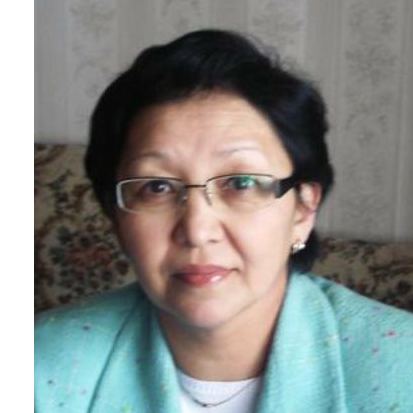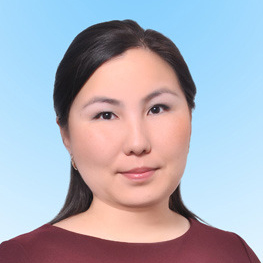"INONLINEAR RADIATION PROCESSES IN SOLIDS "
Keywords:
chaos and structures, fractal, modeling of radiation defects, thermoluminescenceAbstract
There are some features in the research of the mechanisms of radiation exposure to solids, that complicate the understanding and quantitative description of such processes. First, the system "substance + radiation exposure" is open. In an open system, deviations of thermodynamic parameters from their equilibrium values lead to processes of energy and matter transfer. Secondly, the processes that occur as a result of the interaction of materials with radiation exposure are nonlinear. Continuous exchange of matter and energy with the environment leads to the fact that the system realizes stable dynamic equilibrium states that are far from the state of thermodynamic equilibrium. This conditions characterized by the existence of a certain spatial or temporal ordering so-called dissipative structure.
References
"1 Nikolis G., Prigogin I. Self-organization in non-equilibrium systems. Moscow, World, 1979, 512 p.
Glensdorf P., Prigogin I. Thermodynamic theory of structure, stability and fluctuations. Moscow, World, 1973, 280 p.
Zaslavsky G.M., Sagdeev R.Z., Usikov D.A., Chernikov A.A. Weak chaos and quasi-regular structures. Moscow: Science, 1991, 240 p.
Kronover R.M. Fractals and chaos in dynamic systems. Fundamentals of the theory. Moscow, Postmarket, 2000, 353 p.
Mandelbrot B. The fractal geometry of nature. San Francisco, Freeman, 1982, 459 p.
Bozhokin S.V., Parshin D.A. Fractals and multifractals. Izhevsk, SRC ""RHD"", 2001, 128 p.
Lushchik Ch.B., Vitol I.K., Elango M.A. Decay of electronic excitations into radiation defects in ionic crystals. Uspehi Phisicheskih Nauk, 1977, Vol. 122, Issue 2, pp. 223 – 251. [ in Russian]
Lisitsyn, V.M. Formation and Evolution of Primary Defectiveness in Ionic Crystals. Proceeding of the Tomsk Polytechnic University, 2000, Vol. 303, Issue 2, pp. 7 – 23. [ in Russian]
Khmelevskaya V.S., Malynkin V.G. Dissipative structures in metallic materials after irradiation and other types of strong impact. Materials Science, 1998, Vol. 2, pp. 25 – 32. [in Russian].
Avilov A.B., Arapov B.A., Oxygenendler B.L. On the role of dynamic chaos in recombination-stimulated atomic processes. Letters in ZhTPh. 2000, Vol. 26, No. 2, pp. 23 – 27. [ in Russian]
Baktybekov K., Vasil’eva I. The simulation of interaction of dielectric materials with soft space radiation. Proceedings of the 9th Intern. Symposium on Materials in a Space Environment. Nordwijk, 2003, pp. 719 – 721.
Baktybekov K.S., Vasilieva IF, Vertyagina E.N. Modeling of the aggregation of radiation defects in solids. Bulletin of KarGU. Natural sciences. 2003, Vol. 31, pp. 165 – 172.
Hacken G. Information and self-organization. Moscow, World, 1991, 240 p.
Shannon C.E. A mathematical theory of communication. Bell Systems Tech. J. 1948, Vol. 27, pp.379 – 423.
Broinlich P. Thermoluminescence and thermally stimulated current - methods for determining trapping parameters. In the collection: ""Physics of Minerals"". Ed. A.S. Marfunin. Moscow: World, 1971, pp.134 – 155. [ in Russian]
"















